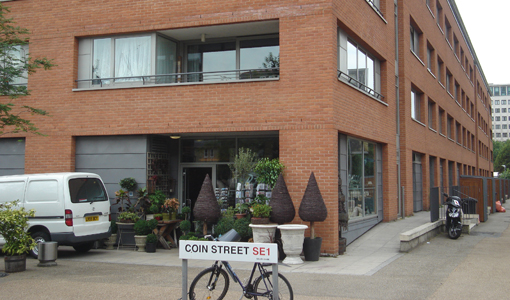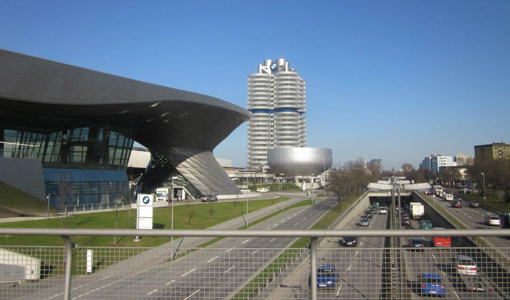Written by:
Two news items caught my eye yesterday. One was the much commented on statement of Housing Minister Grant Shapps, that it is “blindingly obvious” that social housing in expensive places should be sold to fund house building in areas that are cheaper. The second was that train fares are “forcing commuters off trains and on to 5am coaches”. Both demonstrate the clear need to rethink how our villages, towns and cities are supporting contemporary life and what needs to change if we are really going to tackle social, economic and environmental sustainability.
It seems to me, that if we really want to create places that are sustainable and that work, we need to cut out as much need for travel to support daily activity as possible. If we do need to travel to work, study, play or access services, we should be getting there on shared modes of transportation that are accessible and affordable. Yet the sheer volume of people regularly commuting, and the associated cost, time, and energy consumption is absurd.

Let’s put aside all of the social implications of removing social housing from the more affluent areas and talk about the logistics of moving the people who are going to service those areas getting to and from it every day. Unless something is done to cut UK fares on public transport, which are 10 times those for equivalent journeys in other EU countries, those affluent people are going to have to service their own neighbourhoods because those who currently do it will not be able to afford to get there. And even if they are willing to get on a coach at 5 am to do so, what will that do to the costs of childcare for their families or to employment figures, when childcare provision does not cover enough hours in the day. Can we really expect parents to put their kids into childcare at 4:30 am so they can travel to work? Can we expect the childcare providers to get there by 4am to let them in? And on it goes.
One of the great pleasures of my role is talking to communities, local authorities and the development sector about how they want to bring about change to our neighbourhoods. One of the things that strikes me again and again is the desire to make the place under consideration a destination, a place to visit. Should we not be striving to make our villages, towns and neighbourhoods places to live fruitful and productive lives, where we can walk our children to a high quality school (that we can actually get them into) then totter to our workplace, or back home where we care for our families and/or work from home. Should we not be creating places where we can easily get to the services and amenities that help us through life, that give us pleasure? Should we not be seriously looking at the way online shopping is affecting our retail activity? Should we not be seriously thinking about the critical mass of neighbourhoods and the networks that connect smaller ones to the larger centres of activity? Should we not be thinking about how we share our neighbourhoods, rather than perpetuating or creating new ghettos?
Should we not all be entitled to be surrounded by places that are beautiful, accessible and inclusive?
So let’s not just sign off quick fixes that free up a bit of cash. Let’s take a good hard look at what we can do to make our villages, towns and cities more sustainable, to cut down the need for the absurd amount of moving people huge distances on a daily basis, and to make those connections, where required, more logical, accessible and efficient. This is a big ask, I know, but it will never happen if we don’t start building these considerations into every decision we make about placemaking.


